Science Project Kits - Our top 10 list!
Science project kits offer hands-on STEM explorations across a range of topics including electronics, robotics, chemistry, computer programming, physics, biology, engineering, and more!
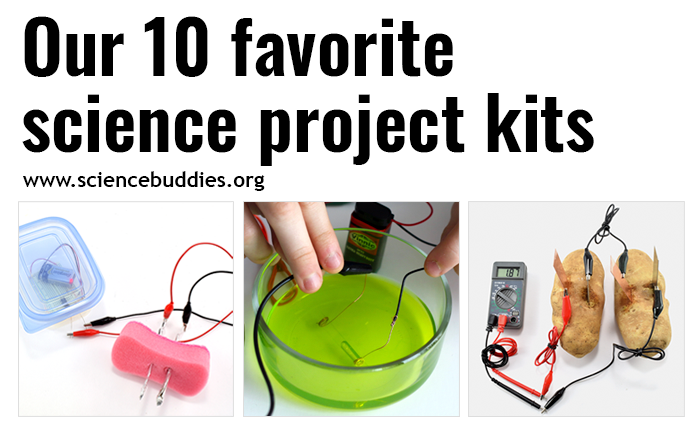
Paired with high-quality written project directions and procedures developed by our scientists specifically for K-12 students, Science Buddies Kits help students get the most from hands-on science and engineering projects. We have highlighted 10 popular science and engineering kits below, many of which can be used with several different student science projects. These kits support exploration of a range of STEM subject areas. For other options, browse all kits. All Science Buddies Kits are developed by our team of scientists and engineers and assembled and sold through our partner, Home Science Tools.
10 Kits for Student STEM Discovery
The 10 kits below enable a diverse range of science and engineering exploration for independent student projects or for informal, at-home discovery:
1. Electrolyte Challenge Kit
After a workout, should you grab orange juice or a sports drink? How do sports drinks compare to other beverages when it comes to replenishing electrolytes? Students can put these questions to the test with this innovative chemistry and electronics project. With the popular Electrolyte Challenge sports science project and kit, students assemble a circuit to measure and compare the electrolytes in juices, sports drinks, and other beverages.
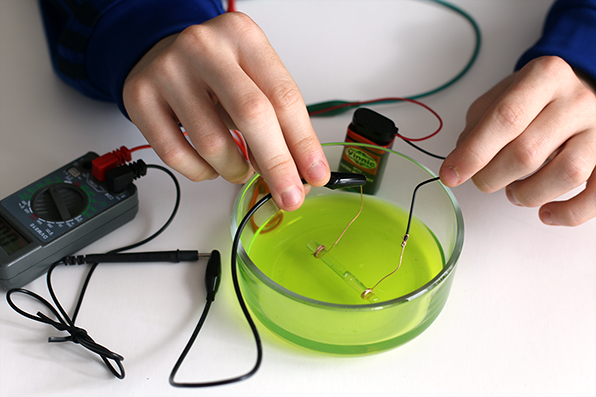
2. Bristlebot Robotics Kit
Learning about robotics starts with simple circuits and robots that shuffle or scoot around. With the Bristlebot Kit, students can explore introductory robotics by building three different kinds of vibrating robots—ArtBot, Brushbot, and Bristlebot robots. Or, they can explore engineering design and create their own unique Junkbot robots or vibrobots using assorted recycled and craft materials. (Note: the kit contains electronics components to make four robots, two Bristlebots and two of the other robot styles.) For inspiration about the types of simple Bristlebot or vibrobot robots students can design and build, see these posts: Halloween Robots, Build a Simple Special Delivery Robot for Valentine's Day, and Building a Halloween Brushbot.
3. Microbial Fuel Cell Kit
Investigate how mud and the bacteria in dirt can be used to create electricity with the Microbial Fuel Cell kit. There are multiple alternative energy science projects students can do (for middle school through high school) using the microbial fuel cells (MFCs) in this kit. The Turn Mud into Energy With a Microbial Fuel Cell project is a good starting point. (Note: the kit contains two microbial fuel cells, which allows students to run simultaneous tests comparing different soils and conditions.)
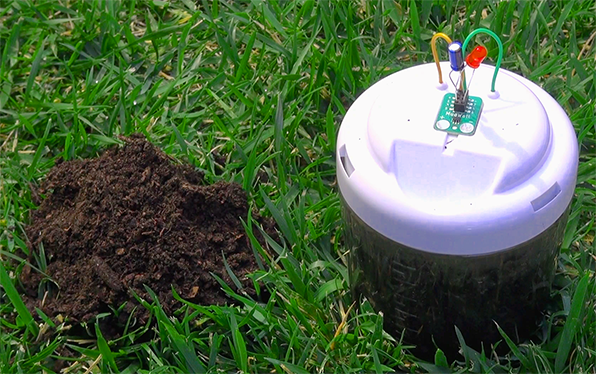
4. Electronic Sensors Kit
The Electronics Sensors kit features electronics components and sensors that can be used with more than 10 different science and engineering projects at Science Buddies. After exploring how sensors work with projects like Green Technology: Build an Electronic Soil Moisture Sensor to Conserve Water, Avoid the Shock of Shocks! Build Your Own Super-sensitive Electric Field Detector, and Is It Ripe Yet? Build a Circuit to Detect Ripe Produce, students can design and build their own sensor-based solutions for real-world use. (Tip: to see how sensor-based technologies are being used in agriculture, see The Color Code - Improving Agriculture with Color-smart Technology.)
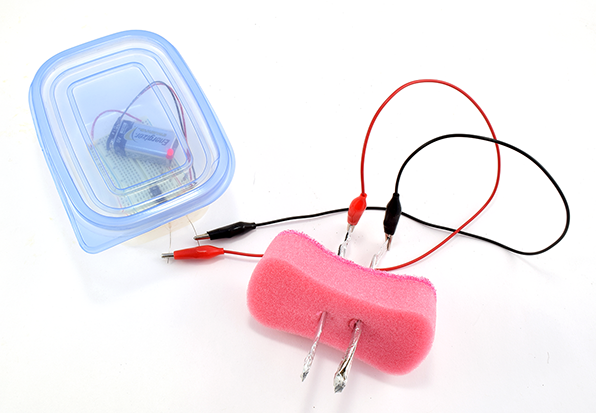
5. Advanced Bristlebots Kit
For students ready to take the next step in robotics and electronics, the Advanced Bristlebots kit introduces students to working on a mini breadboard with a more sophisticated circuit. The kit contains the specialty parts needed to build either a light-tracking bristlebot or a solar-powered bristlebot. (Note: after building one of these robots, kids can recycle the parts to build the other.)
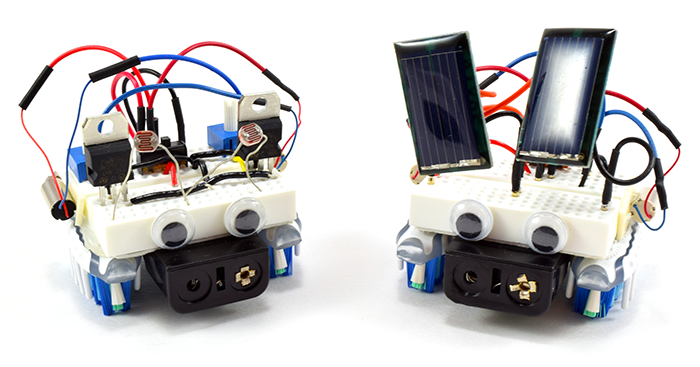
6. Sugar Metabolism Kit
The Sugar Metabolism kit can be used with a number of science projects to explore the role of different types of "sugars" in the human body, how they are metabolized, and what chemical reactions occur. For example, in the How Sweet It Is! Measuring Glucose in Your Food project, students measure the concentration of glucose in different foods. Other projects include I Love Ice Cream, But It Doesn't Love Me: Understanding Lactose Intolerance; Lactose, Sucrose, and Glucose: How Many Sugars are in Your Smoothie?; and Sucrose & Glucose & Fructose, Oh My! Uncovering Hidden Sugar in Your Food.

7. Spherification Kit
With the Spherification Kit, students use molecular gastronomy recipes to turn liquids into tasty spheres that pop in your mouth. With this kit, students can make their own flavored juice balls similar to popular popping boba and experiment to find the best ratio of ingredients. The kit can also be used to explore reverse spherification using yogurt and to simulate the process of blood clotting in the human body.
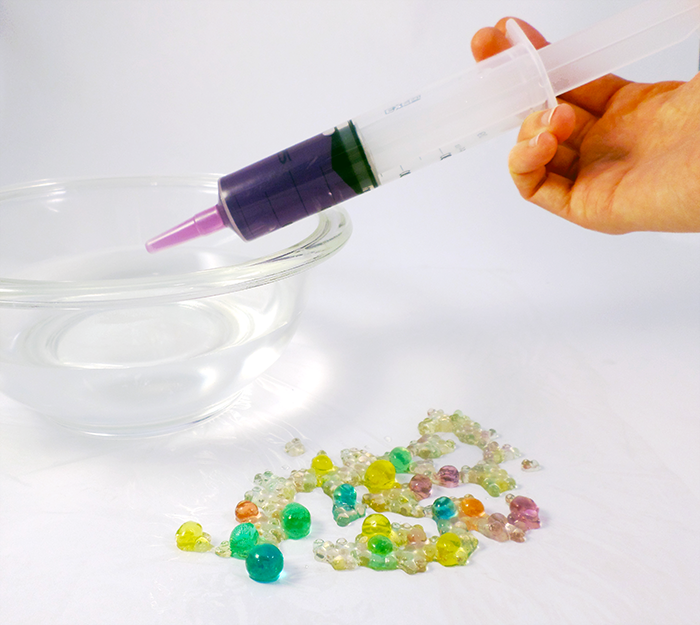
8. Candy Chromatography Kit
What colors of dye make up the shells of favorite candies? What colors are in a black marker? The Candy Chromatography Kit contains the materials students need to do paper chromatography experiments on dyes in candies, inks, leaves, flowers, and more.
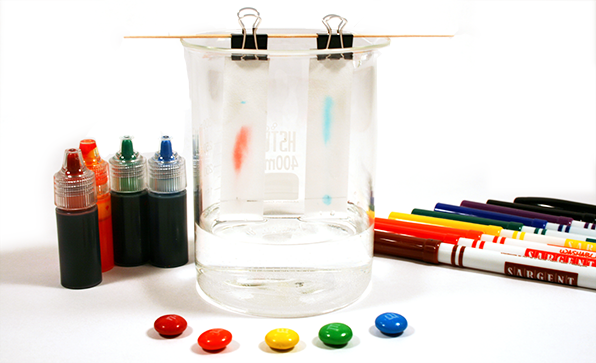
9. Veggie Power Battery Kit
Can you create electricity with fruits and vegetables? Students can find out with the Veggie Power Battery Kit. Using the kit, students experiment to learn how power can be created using fruits and vegetables and how much power can be generated by different kinds of produce. What are the limitations of veggie power and why? (For other examples, see our tests using squash and pumpkins.) This kit can also be used to explore the chemistry of a saltwater zinc-air battery.
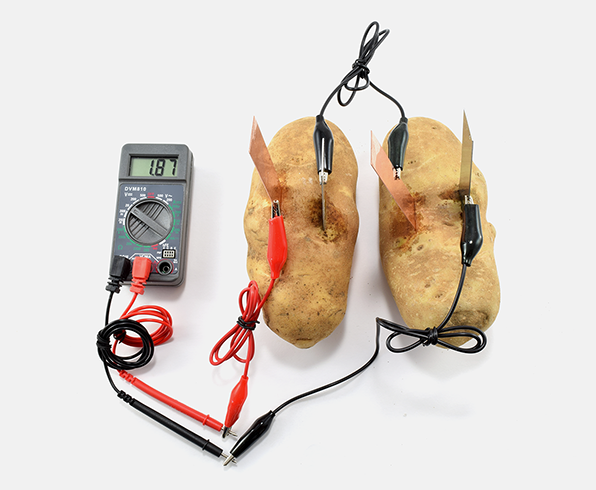
10. Raspberry Pi Projects Kit
Build your own Raspberry Pi computer (in 30 minutes or less!) and then use Scratch to write programs that use sensors and circuits to control interactive games and toys. The Raspberry Pi Projects kit works with a progressive series of 8 fun projects that guide students in adding and using new programming and circuit-building skills. The kit works with Python, so after the 8 guided activities, students can continue to use their Raspberry Pi kit for new coding adventures. (Note: if you already own a Raspberry Pi, see the Circuit Building Kit for Raspberry Pi.)
What's in the Box?
When you purchase a Science Buddies STEM Kit, it comes with all of the specialty items conveniently packaged in one kit. (The contents for each kit are listed on the product information page at Home Science Tools.) In addition to the kit, you may need to gather additional materials needed for the project. The "Materials" section of each science project lists what items are required.
Categories:
You Might Also Enjoy These Related Posts:
- 10+ Robotics Projects with the BlueBot Kit
- 15 STEM Gifts & Science Kits You'll Feel Good About Giving
- 12 Science Kits for Summer Science Experiments and Discovery
- Build a Water Sensor Circuit for the Tree
- Science Project Kits - Our top 10 list!
- Explore Coding and Electronics with Raspberry Pi
- Three new Science Kits for K-12 STEM
- Shoebox STEM: A 4-H Success Story











